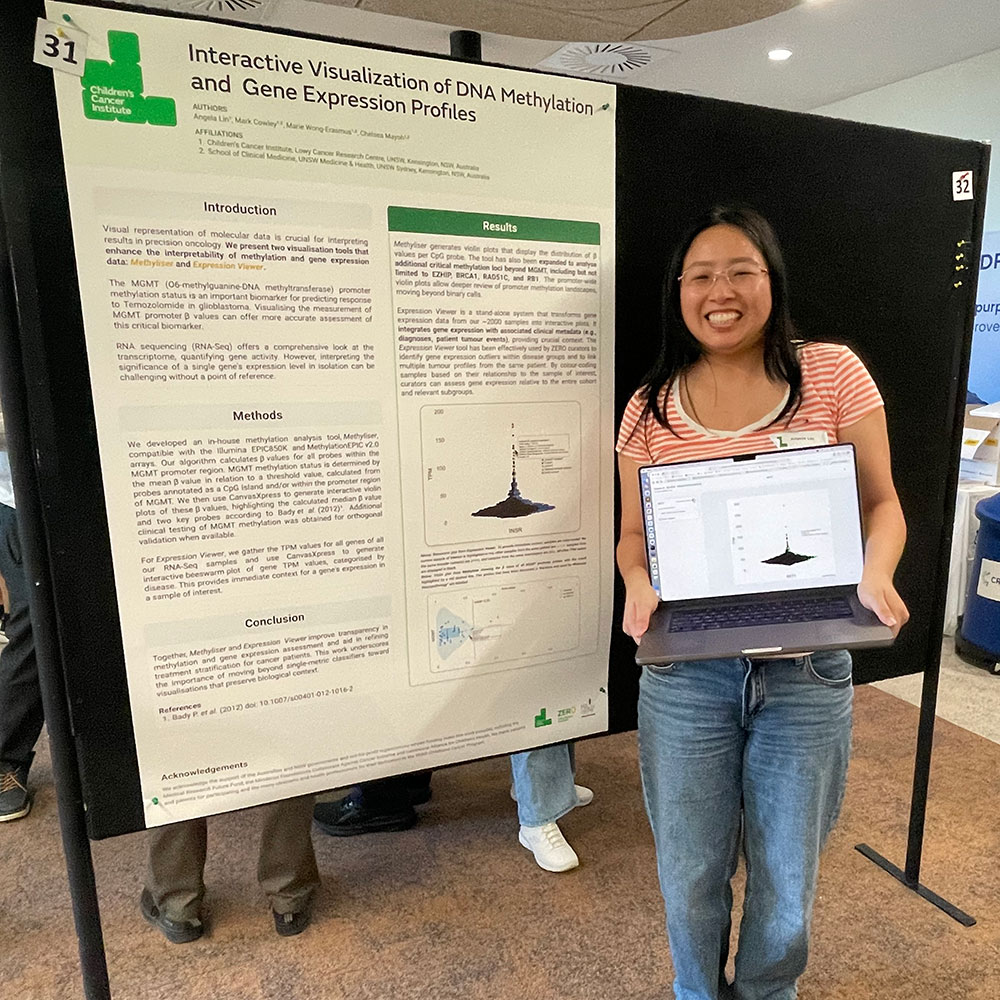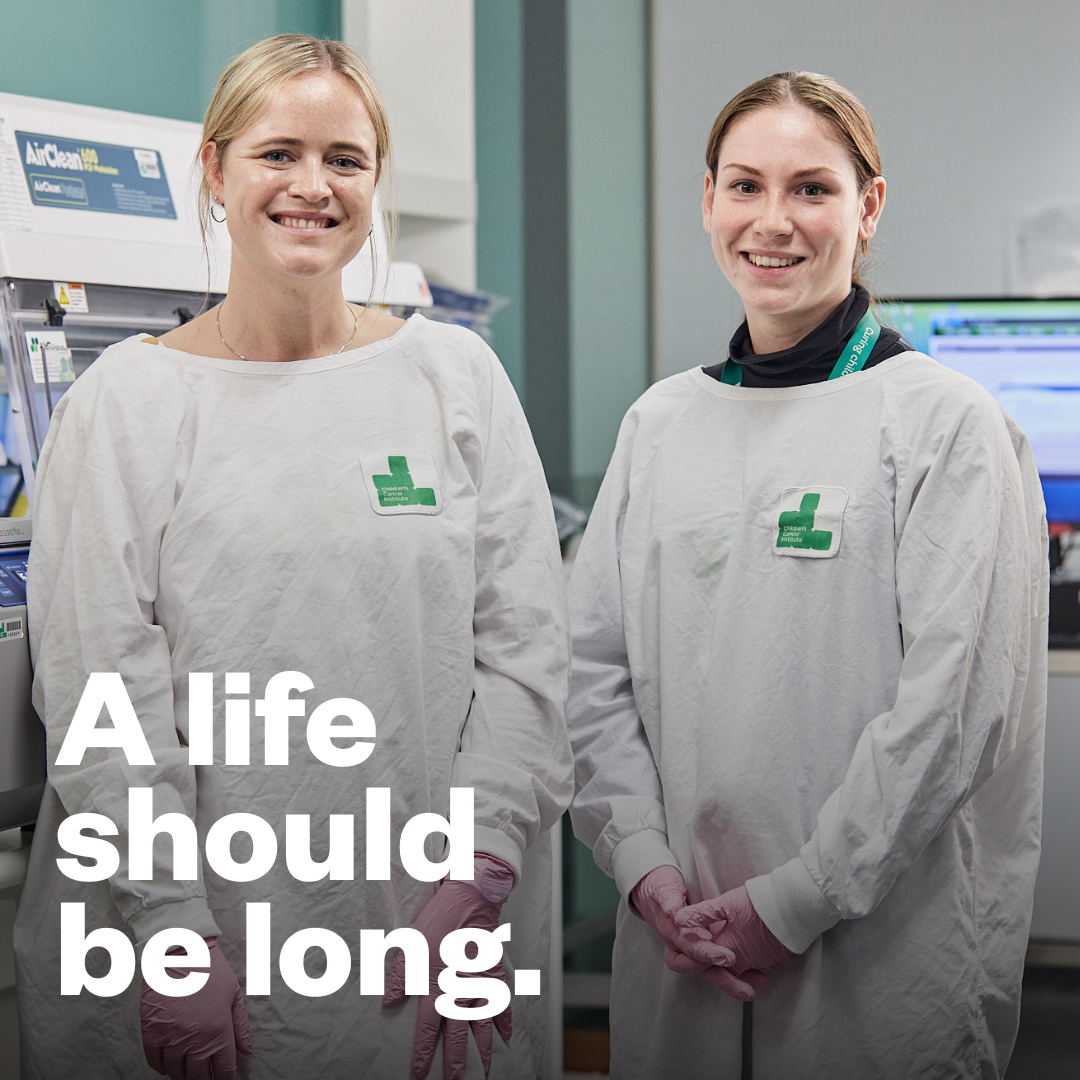“Cells have skeletons that hold the shape of cells and help them move around. Recent discoveries have revealed that this cell skeleton is making cancer cells more deadly, fundamentally challenging our understanding of the function of the cell skeleton and offering new hope for the development of targeted and effective cancer therapies.
Despite decades of advances in the way we understand, diagnose and treat cancer, a cancer diagnosis is one of uncertainty. Not all cancers behave in the same way or respond in the same way to treatment, leaving patients without assurances that the treatments that they endure will work, all the while suffering through debilitating and potentially lifelong side-effects. Improvements in cancer treatments will depend on our ability to accurately predict which treatments will work most effectively in which patients.
Far from being a benign structural entity, the cell skeleton, or cytoskeleton, has now emerged as an important determinant of cancer’s aggression, making it a target for the next generation of specific anticancer treatments.
No Bones About It, Cells Have Skeletons Too
Unlike the bones that make up our body’s skeleton, the cytoskeleton is made up of a mesh of protein filaments that span the crowded interior of the cell. These filaments are composed of different types of proteins arranged like beads on a string. These form an elaborate interconnected network that holds the shape of the cell and helps cells move around.
Microtubules are one of the main types of filaments that form this cystoskeletal network. Although these microtubule fibres play a fundamental role in the processes that keep cells alive and functioning, they are also emerging as an important player in the processes that make cancers more aggressive and resistant to treatment. . . . “

Amelia Parker’s article goes on to describe new findings about how protein βIII-tubulin helps cancer cells survive in glucose starvation conditions that kill normal cells. This points the way to new ways of targeting the protein with nanoparticles and could well hold the key to developing future anti-cancer drugs. Amelia’s UNSW PhD research in the tumour biology and targeting lab at Children’s Cancer Institute explored the role of this protein in cancer progression, and was published in the journal Carcinogenesis in August. Hear Amelia talk about her research on ABC Radio National’s Science Show.
You can read the full article published today in Australasian Science’s November issue by signing up for a subscription or get a copy of the magazine at your local newsagent’s.
















